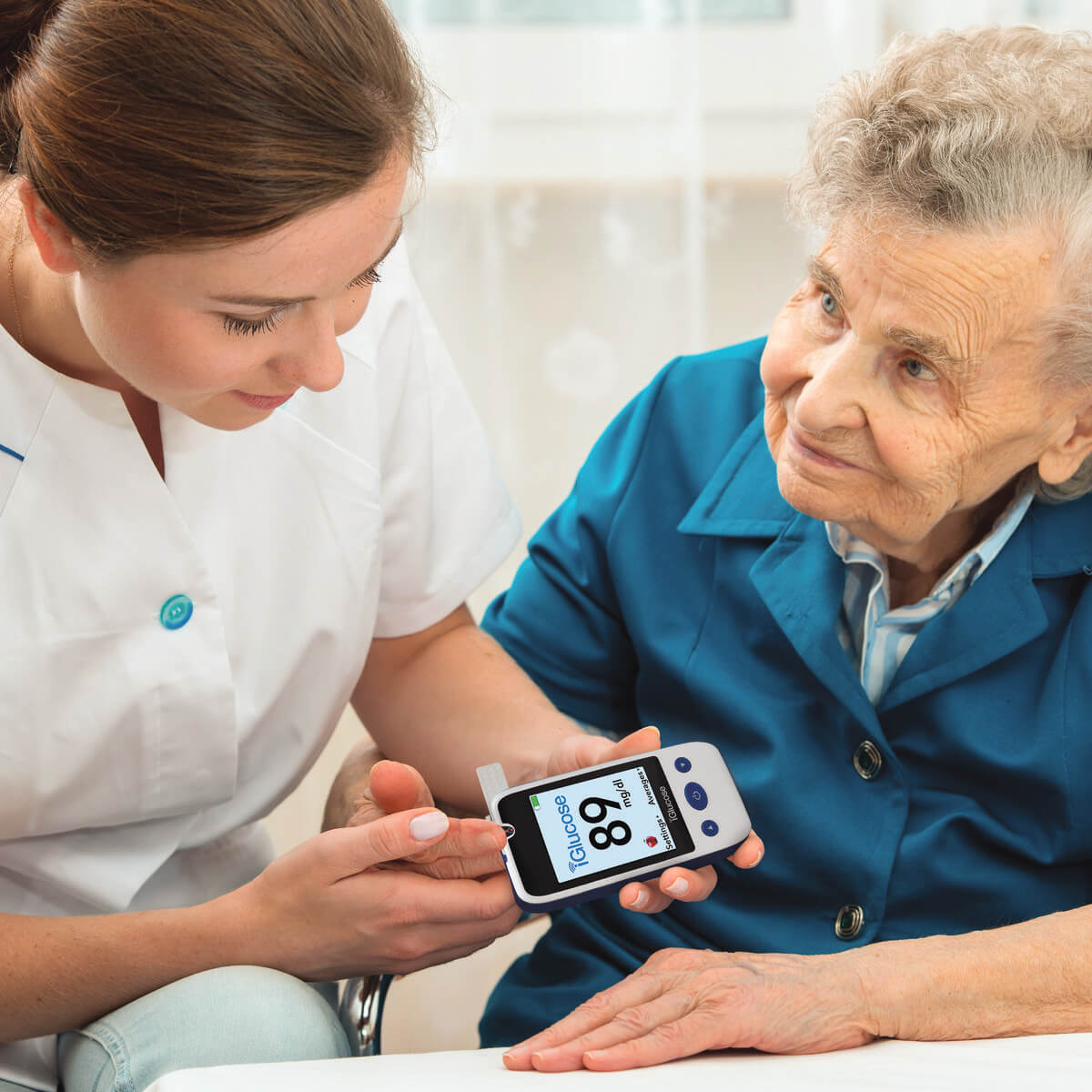One of the most significant breakthroughs for healthcare systems in recent years has been integrating Remote Patient Monitoring (RPM) technology into care management. This innovation isn’t just about convenience or efficiency—it's a potent tool for advancing healthcare equity. By bridging the gap between patients and healthcare providers, RPM can revolutionize how we approach healthcare access and delivery, particularly for underserved populations.
What Is Remote Patient Monitoring?
Remote Patient Monitoring (RPM) revolutionizes healthcare by using digital devices to gather real-time patient health data and transmit it securely to healthcare providers. This data, collected through wearables or standalone monitors, allows continuous monitoring of vital signs like blood pressure or glucose levels. Healthcare professionals access this information remotely, enabling proactive interventions for chronic conditions, post-operative care, and early issue detection. RPM's benefits include:
- continuous monitoring
- early intervention
- personalized care
Remote patient monitoring empowers patients by allowing self-monitoring and facilitates timely interventions. In essence, RPM transforms healthcare delivery, offering real-time monitoring, personalized care, and improved accessibility, though challenges around technology and security need resolution for its full potential to be realized.
What Is Healthcare Equity?
Traditionally, access to healthcare has been challenging for many due to geographical, socioeconomic, or logistical barriers. Healthcare equity refers to the principle that every individual has the right to access quality healthcare services without facing discrimination or barriers based on race, ethnicity, socioeconomic status, geographical location, gender, age, or any other characteristic. It aims to ensure that everyone has a fair opportunity to attain their highest level of health.
Healthcare equity goes beyond equal healthcare services to recognizing and accounting for the diverse needs of different populations. Healthcare equity involves creating systems and policies that actively reduce disparities in healthcare access, treatment, outcomes, and overall health status among different groups.
Achieving healthcare equity requires providing the same resources to everyone and addressing the underlying social determinants of health that contribute to disparities. This could involve addressing poverty, education, housing, access to nutritious food, employment opportunities, and cultural barriers that may impact an individual or community's ability to access and benefit from healthcare services.
How Does Remote Patient Monitoring Combat Healthcare Equity?
Remote Patient Monitoring (RPM) plays a crucial role in combating healthcare inequities by addressing various barriers to access and providing more inclusive healthcare solutions. Here's how RPM contributes to healthcare equity:
- Access to Care for Underserved Populations
Often, rural or remote areas lack easy access to healthcare facilities. RPM offers a solution by allowing patients in these areas to receive timely care and monitoring without traveling long distances. This technology connects them with specialists and primary care providers, ensuring they receive the attention they need regardless of location.
- Geographical Barriers: RPM breaks down geographical barriers, ensuring that individuals in rural or remote areas access healthcare services. Patients no longer need to travel long distances for routine check-ups or consultations, improving access for those in areas with limited healthcare facilities.
- Socioeconomic Accessibility: Financial constraints and lack of access to Internet can significantly hinder a person's ability to use healthcare technology or telehealth. Cellular RPM™ can mitigate this by reducing healthcare costs associated with frequent hospital visits or prolonged stays. It also lessens the burden of patient transportation costs, making it a more financially feasible option.
- Empowering Patient Involvement and Autonomy
Chronic conditions like diabetes, hypertension, or heart disease often require consistent monitoring. RPM empowers patients to take charge of their health by providing tools for self-monitoring and data tracking. This proactive approach improves health outcomes and reduces hospital admissions and emergency room visits.
- Chronic Disease Management: RPM enables proactive self-monitoring for individuals with chronic conditions. Patients can track their vital signs and health metrics, fostering a sense of empowerment and allowing them to actively participate in managing their health.
- Improved Health Literacy: RPM devices often provide educational resources and guidance, empowering patients with information about their conditions and encouraging healthier lifestyles.
- Enhanced Continuity of Care and Early Intervention
Cellular RPM ensures continuous monitoring of health metrics, enabling early detection of changes or abnormalities in a patient's condition. This real-time data transmission allows healthcare providers to intervene promptly, potentially preventing complications and ensuring a more seamless continuity of care.
- Continuous Monitoring: Cellular RPM™ facilitates constant monitoring of health parameters. This allows for early detection of health issues or changes in conditions, enabling timely interventions and potentially reducing the need for emergency care or hospitalizations.
- Post-Operative Care: Patients recovering from surgeries or medical procedures can receive ongoing monitoring and guidance, reducing the chances of complications and readmissions.
- Addressing Healthcare Disparities
Cellular RPM™ addresses healthcare disparities by breaking barriers to access. It provides care regardless of geographical location or socioeconomic status, empowering underserved populations with continuous monitoring, proactive interventions, and personalized care. RPM plays a crucial role in leveling the healthcare playing field by offering equitable access to healthcare resources and reducing disparities in health outcomes.
- Reducing Disparities in Health Outcomes: By providing continuous and proactive care, RPM aims to reduce disparities in health outcomes among different populations. It offers a more consistent level of care that can help bridge gaps in health disparities.
- Tailoring Care to Specific Needs: RPM can be adapted to suit different cultural or linguistic preferences, ensuring that care is more personalized and sensitive to the diverse needs of various populations.
Cellular RPM™: A Greater, More Effective Mission
In conclusion, Cellular remote patient monitoring (RPM) isn't just a technological advancement; it embodies a greater mission in healthcare. It stands as a beacon of equity, offering a more practical approach by transcending barriers to access, empowering patients, and ensuring continuous, proactive care. RPM's impact extends far beyond innovation; it heralds a new era where healthcare becomes more inclusive, personalized, and, ultimately, more effective in enhancing the well-being of all individuals, irrespective of their circumstances.




